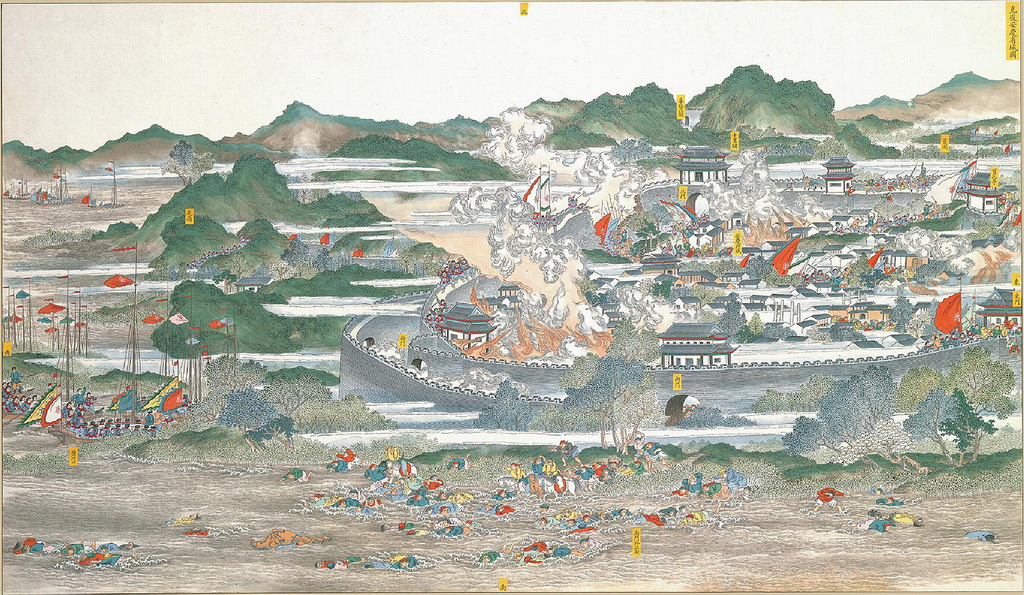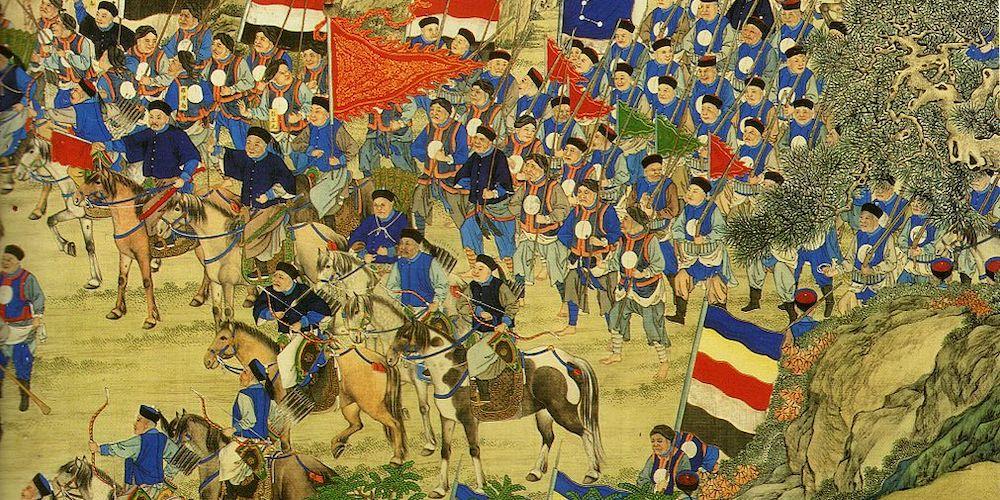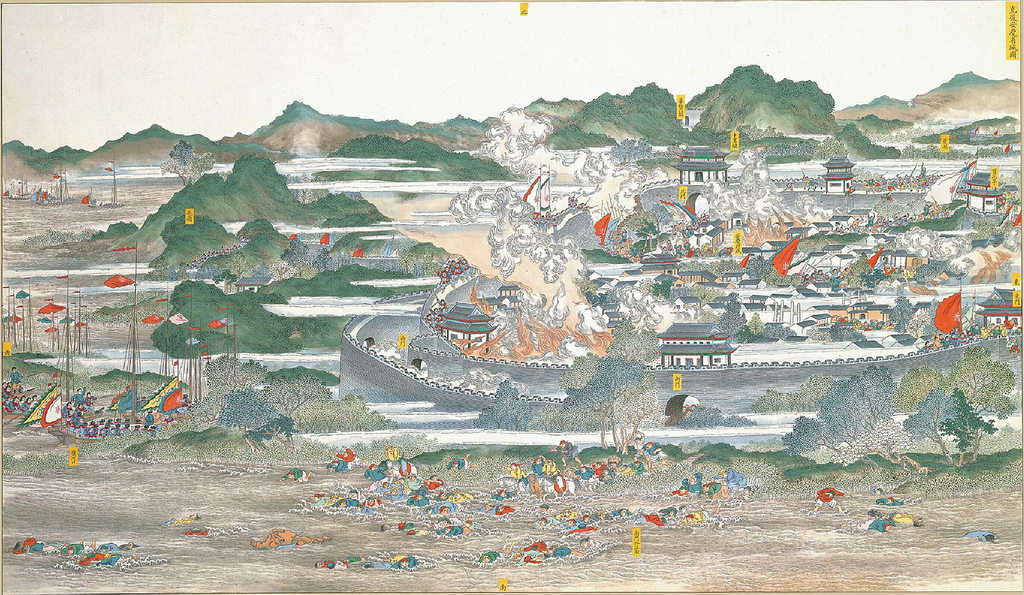Imagine a civil war so devastating that it claimed more lives than World War I and World War II combined. Most people have never heard of this catastrophic conflict that tore through 19th century China. The Taiping Rebellion wasn’t just a war—it was a seismic social movement that nearly toppled an entire dynasty and reshaped the course of Chinese history.

Battle scene from the Taiping Rebellion – Credit: Wikimedia Commons
At the heart of this extraordinary rebellion stood Hong Xiuquan, a charismatic and enigmatic leader whose mystical visions would transform a religious movement into a massive social revolution. Born into a modest family in Guangdong province, Hong experienced a profound spiritual awakening that would change everything. After failing the imperial examinations multiple times, he had a series of vivid dreams that convinced him he was a divine messenger—the younger brother of Jesus Christ himself!
The historical backdrop was crucial to understanding this incredible movement. The Qing Dynasty was crumbling, weakened by the humiliating First Opium War and the Treaty of Nanjing. Social inequalities were rampant, and people were desperate for change. Hong’s God Worshipping Society emerged as a beacon of hope, promising radical social transformation that was centuries ahead of its time.

Suppression of the Taiping forces – Credit: CEPR
What made the Taiping Rebellion truly remarkable was its revolutionary ideology. Unlike traditional rebellions, this movement advocated for shocking social reforms. They promoted land redistribution, gender equality, and a form of proto-communist social organization that would make Karl Marx look conservative. Women were given unprecedented rights, and traditional social hierarchies were systematically dismantled.
The military campaign was equally extraordinary. Starting with a small band of followers, Hong’s army grew into a formidable force that captured Nanjing and established it as their capital. They implemented sweeping social experiments, creating a parallel government that challenged the Qing Dynasty’s authority. Their military strategies were innovative, combining spiritual motivation with tactical brilliance.

Final stages of the rebellion – Credit: War History
However, the rebellion was not without immense human cost. The conflict resulted in catastrophic casualties, with estimates suggesting between 20 to 30 million deaths. The brutality of the warfare was unprecedented, with both sides engaging in merciless tactics that devastated entire regions. The Qing Dynasty’s eventual counterinsurgency crushed the movement, but not before it had fundamentally altered China’s social and political landscape.
The legacy of the Taiping Rebellion extends far beyond its immediate historical moment. It planted seeds for future revolutionary movements in China, including the communist revolution. The rebellion demonstrated how a powerful vision, combined with social discontent, could mobilize millions and challenge established power structures.
Today, the Taiping Rebellion remains a profound testament to human complexity. It shows how religious fervor, social idealism, and political revolution can intertwine in unexpected and world-changing ways. More than just a historical footnote, it’s a reminder that transformative movements often emerge from the most unexpected places.
References:
Taiping Rebellion – Wikipedia – link
The End of the Taiping Rebellion – War History – link
The Lessons of the Taiping Rebellion – Engelsberg Ideas – link
Categories: Asian History, Civil Wars, Historical Impact, Religious Movements, War History
Tags: Chinese history, Civil War, Hong Xiuquan, Qing Dynasty, Religious Movement, Social Revolution, Taiping Rebellion
Religion: Christianity/Traditional Chinese
Country of Origin: China
Topic: Historical Events
Ethnicity: Chinese


